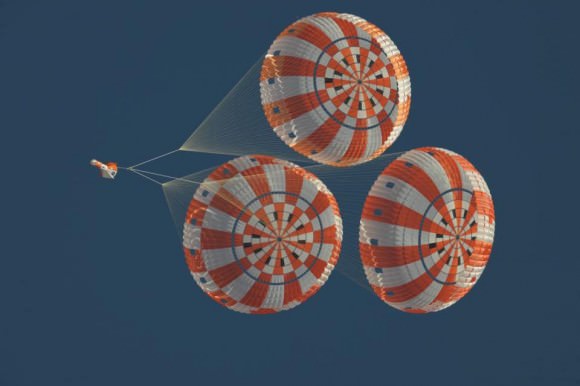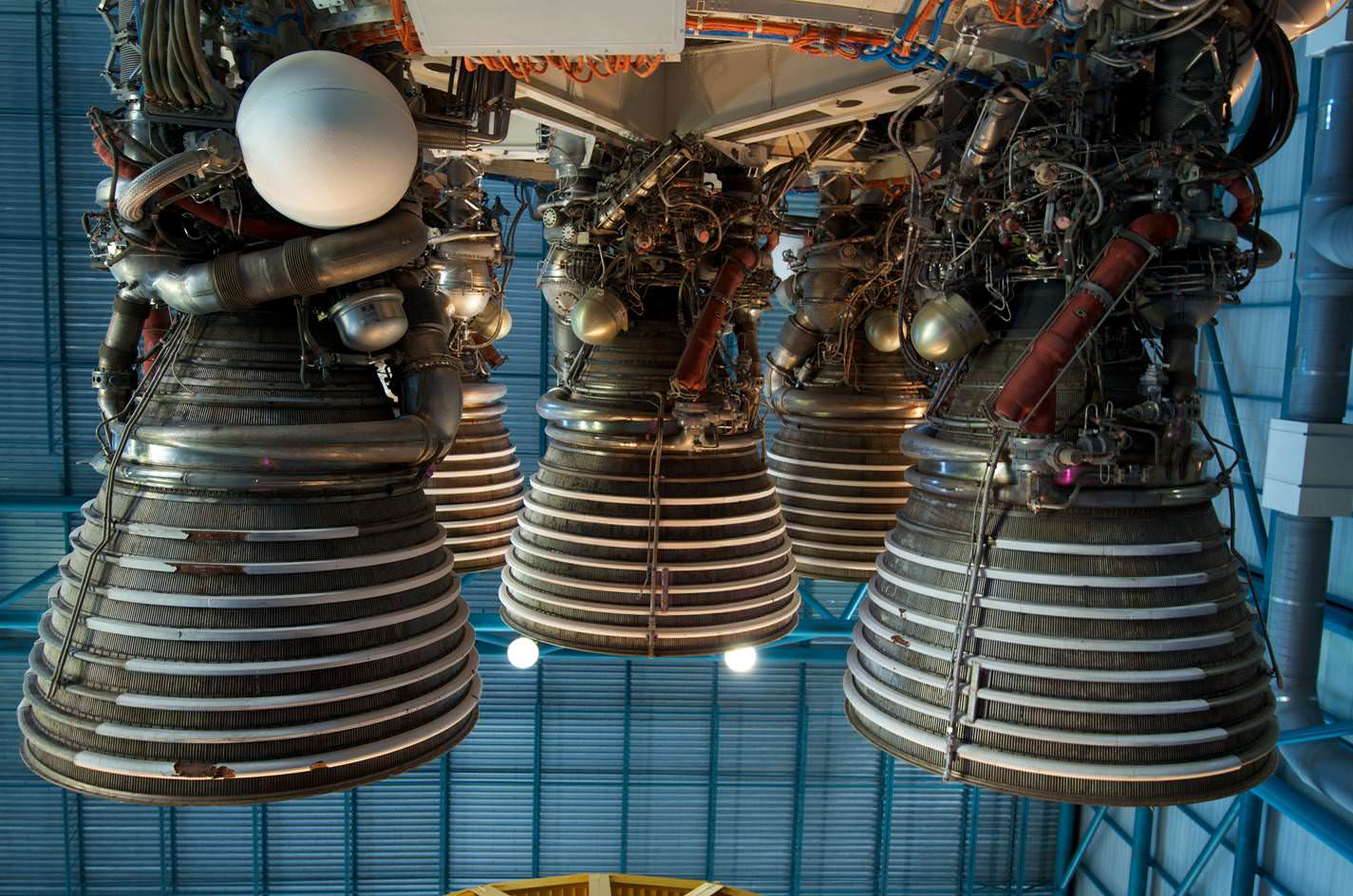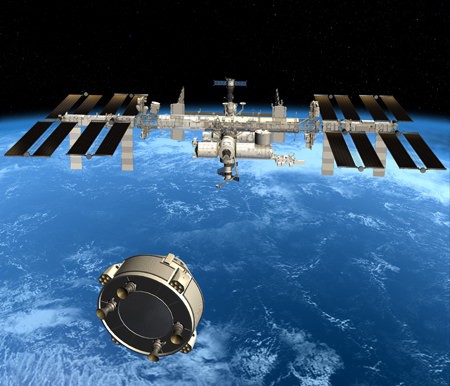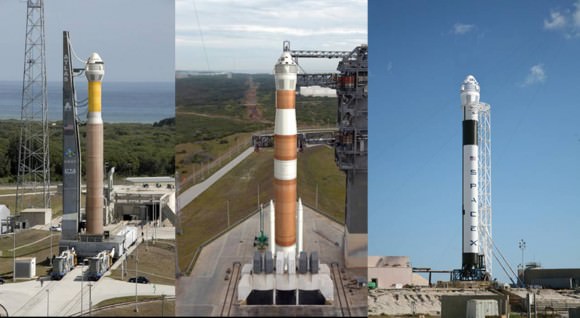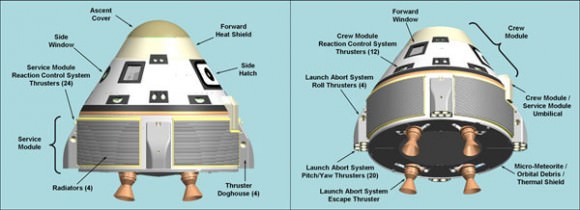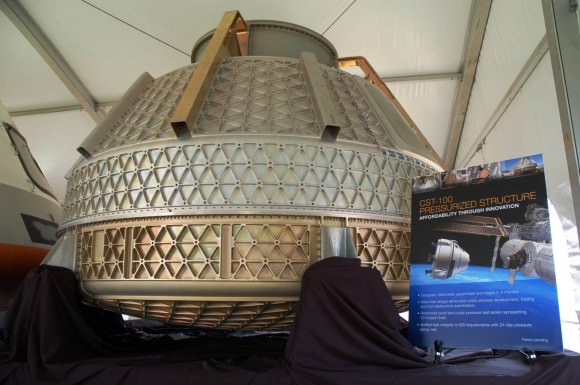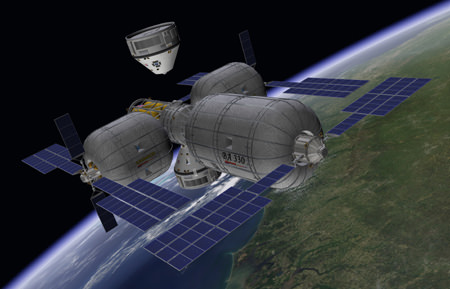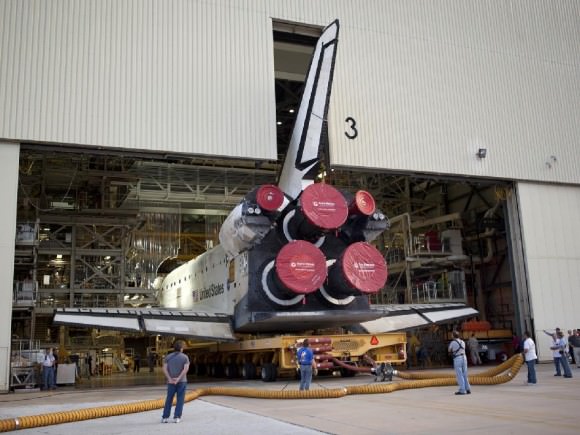[/caption]
NASA is looking for folks with the “right stuff.” The space agency is seeking qualified individuals for when the space agency once again travels into space – and beyond low-Earth-orbit. The announcement of NASA’s process for selecting its next class of astronauts was made at an event held at the Webb auditorium at NASA Headquarters located in Washington D.C. on Tuesday, Nov. 15.
At this event was NASA Administrator Charlie Bolden, Assistant Administrator for Human Capital Jeri Buchholz, Flight Crew Operations Director Janet Kavandi as well as five members of the 2009 astronaut class. They were Serena Aunon, Kjell Lindgren, Kathleen Rubins, Scott Tingle and Mark Vande Hei.
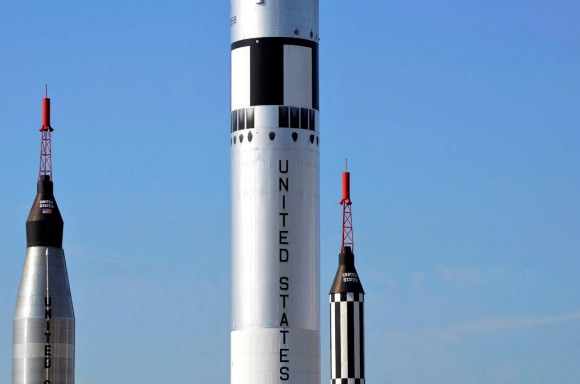
“For 50 years, American astronauts have led the exploration of our solar system,” Bolden said. “Today we are getting a glimpse of why that will remain true for the next half-century. Make no mistake about it, human space flight is alive and well at NASA.”
Bolden is a former shuttle astronaut himself, having flown into space four times.
The 2009 class of astronauts – was the first to graduate in a new era of space flight – one which would eventually see the retirement of NASA’s fleet of space shuttle orbiters. NASA is currently working to develop not only a new spacecraft – but a new launch vehicle as well. The Orion Multi-Purpose Crew Vehicle or Orion MPCV may one day ferry astronauts to points beyond LEO.
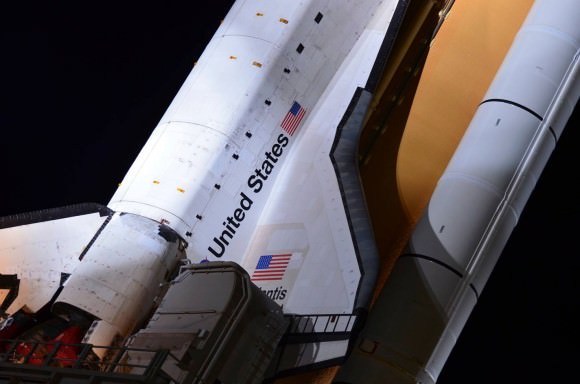
To get the Orion MPCV to orbit the space agency is developing the Space Launch System or SLS. This launch vehicle, resembling a cross between the space transportation system (STS) that comprised the shuttle – and the Saturn V moon rocket was recently unveiled by the space agency.
As far as access to LEO is concerned, NASA is working to hand those responsibilities over to commercial space firms such as SpaceX, Sierra Nevada Corporation and Boeing. These companies will also work to deliver crew and cargo to the orbiting International Space Station (ISS). If it all works out these new astronauts could well be among the first to return the U.S. to the Moon or be the first person to visit an asteroid or even Mars.
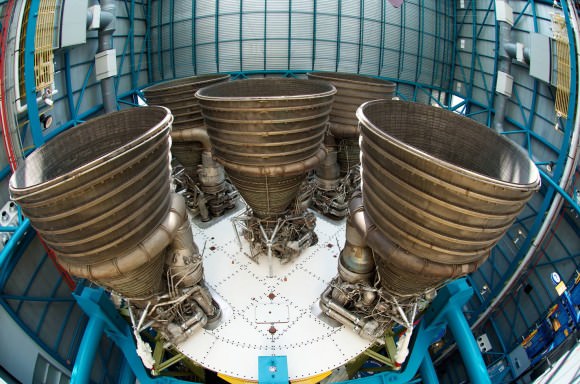
The Astronaut Candidate Program is open to any person that meets the agency’s qualifications. They can submit their applications online through the USAJobs.gov website. For those considering a career in the astronaut corps, here are some of the requirements:
• Bachelor’s Degree in either science, engineering or math
• Three years of relevant professional experience
• Experience in flying high-performance jet aircraft is considered a plus
• Educators that have taught grades kindergarten through the 12 are highly encouraged to apply
NASA will be accepting applications through January 27, 2012. The agency will bring in applicants to be interviewed and evaluated. NASA plans to make their final decision in 2013 – with training of these new astronauts starting that summer.
